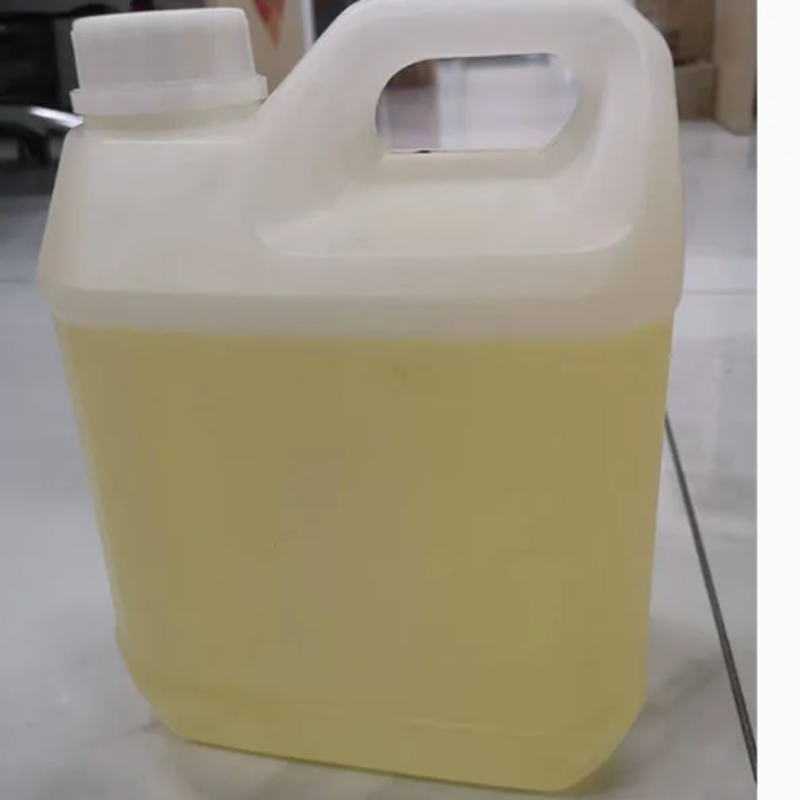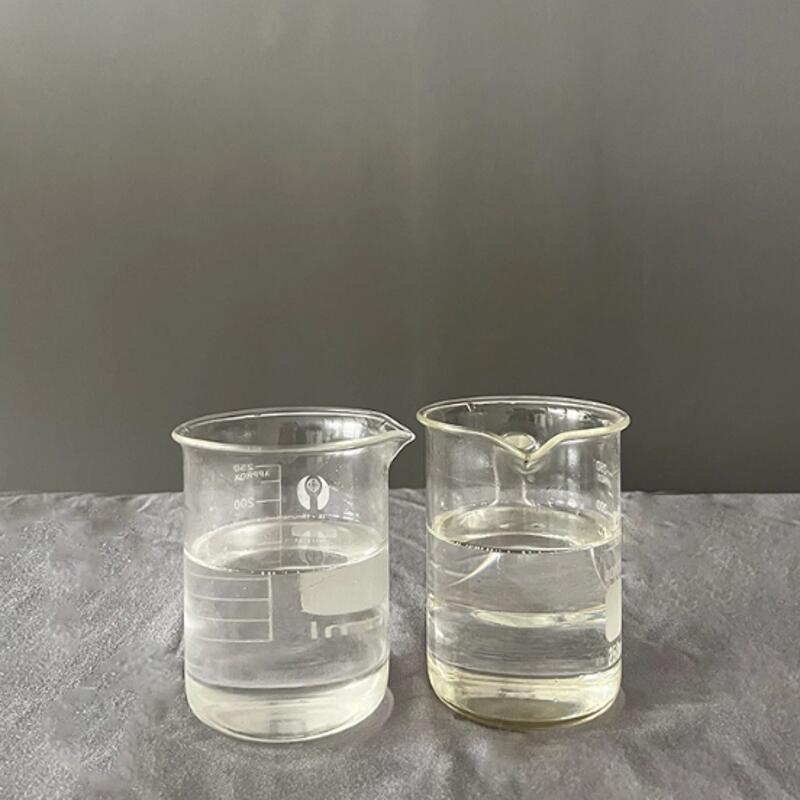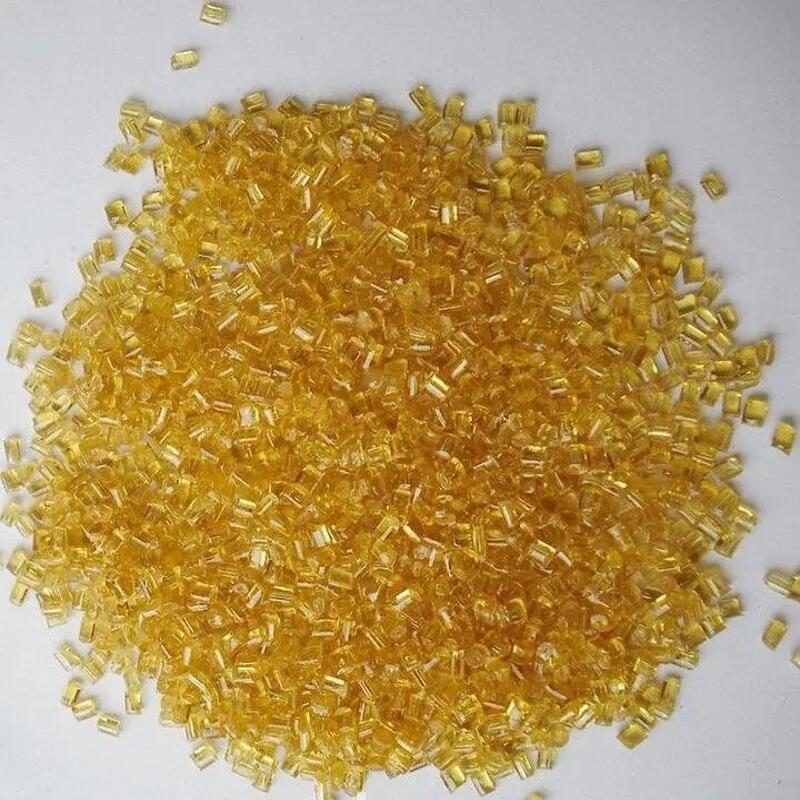-
Categories
-
Pharmaceutical Intermediates
-
Active Pharmaceutical Ingredients
-
Food Additives
- Industrial Coatings
- Agrochemicals
- Dyes and Pigments
- Surfactant
- Flavors and Fragrances
- Chemical Reagents
- Catalyst and Auxiliary
- Natural Products
- Inorganic Chemistry
-
Organic Chemistry
-
Biochemical Engineering
- Analytical Chemistry
-
Cosmetic Ingredient
- Water Treatment Chemical
-
Pharmaceutical Intermediates
Promotion
ECHEMI Mall
Wholesale
Weekly Price
Exhibition
News
-
Trade Service
World leaders in thermoplastic honeycomb core technology EconCore, Toray Advanced Composites and Bostik are celebrating the development of thermoplastic honeycomb sandwich panels for mass transportation, including aircraft interiors
.
Through the use of Toray Cetex® reinforced thermoplastic laminates for the shell, EconCore's thermoplastic honeycomb cores (with FST certified thermoplastic chemistry) and Bostik's flame retardant thermoplastic polyester web adhesives, these partners have seen this new material pass through Fire, smoke and toxicity regulations applicable to aircraft interiors
.
Together, the three companies offer a more sustainable solution to the expensive and labor-intensive part manufacturing than traditional sandwich panels currently used in aerospace, such as phenolic prepreg shells and phenolic-impregnated aramid honeycomb cores.
scheme
.
Thermoset composite sandwich components require tedious and expensive processing
.
Traditional thermosets are not recyclable, so thermoplastic honeycomb parts not only take less time to manufacture, but thermoplastic solutions are by far more sustainable
.
Tomasz Czarnecki, Chief Operating Officer of EconCore, said: "We are very excited about this collaboration, especially since we have been able to develop a sustainable technology that is recyclable
.
Although the thermoplastic honeycomb core and shell are often welded to each other in EconCore's technology, the use of Bostik's adhesive reduces lamination temperatures and simplifies the process
.
Traditional phenolic resins typically used for curing have been replaced by flame retardant web adhesives that meet fire, smoke and poison requirements
.
Additional benefits include a clean bonding process for lightweight materials
.
EconCore technology is versatile in terms of the type of thermoplastic material applied
.
EconCore has applied a variety of polymers with FST properties in various development programs, not limited to PC-FST or PEI, and the flexibility of material selection allows products to be optimized for specific applications
.
Not only about performance, but also about cost
.
Talitha Van Drom, Business Development Manager at Bostik, said: “It is great to see that the use of Bostik flame retardant web adhesives has been shown to help reduce the complexity of the adhesive application process and provide a clean, repeatable method of assembly with added value, for example as a flame retardant for lightweight boards
.
”
By using Toray's reinforced thermoplastic composite laminate as the shell, it allows the material to be easily shaped without going through the rigorous process of covering it in phenolic resin, setting it, and then hand-forming it
.
"This application demonstrates the versatility of thermoplastic composite technology and the efficiencies it can bring to processing technologies across the value chain," said Frank Ten Napel, manager of Toray's Aircraft Interiors and High-Performance Industries division
.







